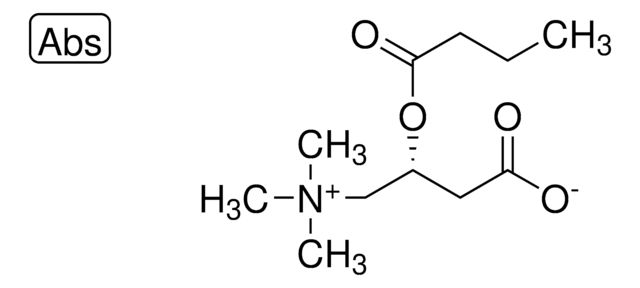11365
Avicel® PH-101 Cellulose Resin
285 mesh
Synonym(s):
Cellulose, Cellulose microcrystalline, Cellulose powder, Cotton linters
About This Item
Recommended Products
Product Name
Avicel® PH-101, ~50 μm particle size
form
powder
Quality Level
technique(s)
LPLC: suitable
matrix
Cellulose
matrix active group
polymer
particle size
~50 μm
separation technique
size exclusion (SEC)
SMILES string
O1[C@H](C(C(C(C1CO)O)O)O)O[C@@H]2C(OC(C(C2O)O)O)CO
InChI
1S/C12H22O11/c13-1-3-5(15)6(16)9(19)12(22-3)23-10-4(2-14)21-11(20)8(18)7(10)17/h3-20H,1-2H2/t3?,4?,5?,6?,7?,8?,9?,10-,11?,12+/m1/s1
InChI key
GUBGYTABKSRVRQ-WFVLMXAXSA-N
Looking for similar products? Visit Product Comparison Guide
Related Categories
Application
- Avicel® PH-101 was used as reference material in characterisation of microcrystalline cellulose (MCC) using Powder X-ray diffraction and Fourier transform infrared spectroscopy.
- Avicel® PH-101 was used to evaluate crystallinity index and spectral analysis of cellulose using XRD and solid-state 13C NMR.
- Avicel® PH-101 was used in preparation of phosphoric acid-swollen cellulose for enzyme assay using HPLC.
Legal Information
Storage Class
11 - Combustible Solids
wgk_germany
WGK 1
flash_point_f
Not applicable
flash_point_c
Not applicable
ppe
Eyeshields, Gloves, type N95 (US)
Choose from one of the most recent versions:
Already Own This Product?
Find documentation for the products that you have recently purchased in the Document Library.
Customers Also Viewed
Our team of scientists has experience in all areas of research including Life Science, Material Science, Chemical Synthesis, Chromatography, Analytical and many others.
Contact Technical Service



